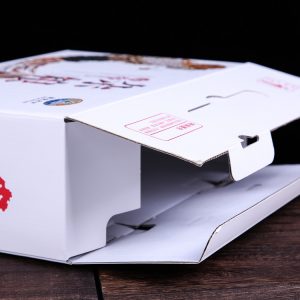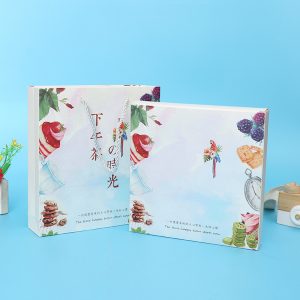Packaging design can play a significant role in elevating the dining experience by enhancing the presentation, functionality, and overall perception of the food. Whether it’s a restaurant takeout, meal kit delivery, or retail food product, thoughtful and well-executed packaging can create a memorable and enjoyable dining experience. Here are some ways packaging design achieves this:
- Visual Appeal: Eye-catching and aesthetically pleasing packaging can make the food look more appetizing and enticing. The use of attractive colors, fonts, and graphics that align with the brand’s identity can elevate the overall dining experience.
- Storytelling: Packaging can tell a story about the food’s origin, ingredients, or preparation process, creating a sense of connection and authenticity for the diners.
- Innovative Structures: Unique and innovative packaging structures can add an element of surprise and excitement. Interactive packaging or creative foldable designs can enhance the dining experience.
- Personalization: Customized packaging with the customer’s name or a personalized message can create a sense of exclusivity and delight.
- Functionality: Packaging that is easy to open, resealable, and designed for spill-free transportation ensures a smooth and convenient dining experience.
- Temperature Control: Packaging with thermal insulation can maintain the food’s temperature, ensuring it arrives warm or cold, as intended.
- Sustainability: Environmentally conscious packaging, made from eco-friendly materials and with minimal waste, can enhance the dining experience for consumers who value sustainability.
- Branding and Identity: Packaging that reflects the restaurant or brand’s identity fosters a cohesive and memorable experience, strengthening the brand-consumer relationship.
- Portion Control: Packaging that offers appropriate portion sizes ensures that diners receive the right amount of food, reducing waste and promoting a balanced dining experience.
- Ease of Sharing: Packaging that facilitates sharing and portioning among multiple diners encourages social dining experiences.
- Health and Nutritional Information: Including clear and comprehensive nutritional information on the packaging helps diners make informed choices about their food.
- Multi-functional Packaging: Packaging that can be repurposed or has additional uses beyond food storage can add value to the dining experience.
- Sensory Experience: Packaging that engages multiple senses, such as touch, smell, or sound, can create a more immersive and enjoyable dining experience.
- Cultural Elements: Packaging that incorporates cultural references or traditions can add a unique touch to the dining experience and appeal to specific audiences.
By carefully considering these aspects, packaging design can contribute to creating a memorable and delightful dining experience, leaving a lasting impression on customers and enhancing the overall perception of the food and brand.








